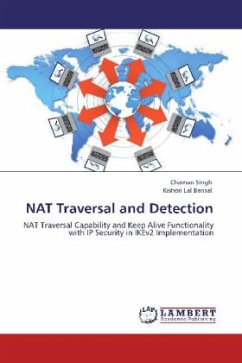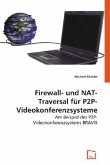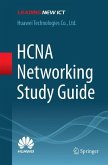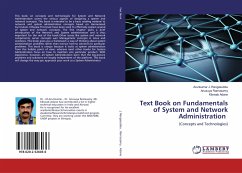NAT (Network Address Translation) is a technology most commonly used by firewalls and routers to allow multiple devices on a LAN with ''private'' IP addresses to share a single public IP address. NAT provides a long list of advantages such as public IP address sharing, greater local control, greater flexibility in ISP service, increased security etc. However NAT poses an inherent problem to many peer-to-peer protocols. NAT traversal techniques are used to solve this problem. We have studied and examined different NAT traversal techniques for VoIP such as STUN, Relay servers (TURN), SIP, ICE etc. We have observed that symmetric NAT devices create most of the difficulties to the traversal techniques. Traversal techniques, such as ICE, can traverse the symmetric NAT devices with the help of relayed connection through a relay server. Traversing through a relay server is very much inefficient in terms of latency, bandwidth requirements and reliability. In this work, we have proposed atentative solution for traversal technique that will be able to establish direct and end-to-end connection using Peer reflexive candidate address through symmetric NAT devices.
Bitte wählen Sie Ihr Anliegen aus.
Rechnungen
Retourenschein anfordern
Bestellstatus
Storno








